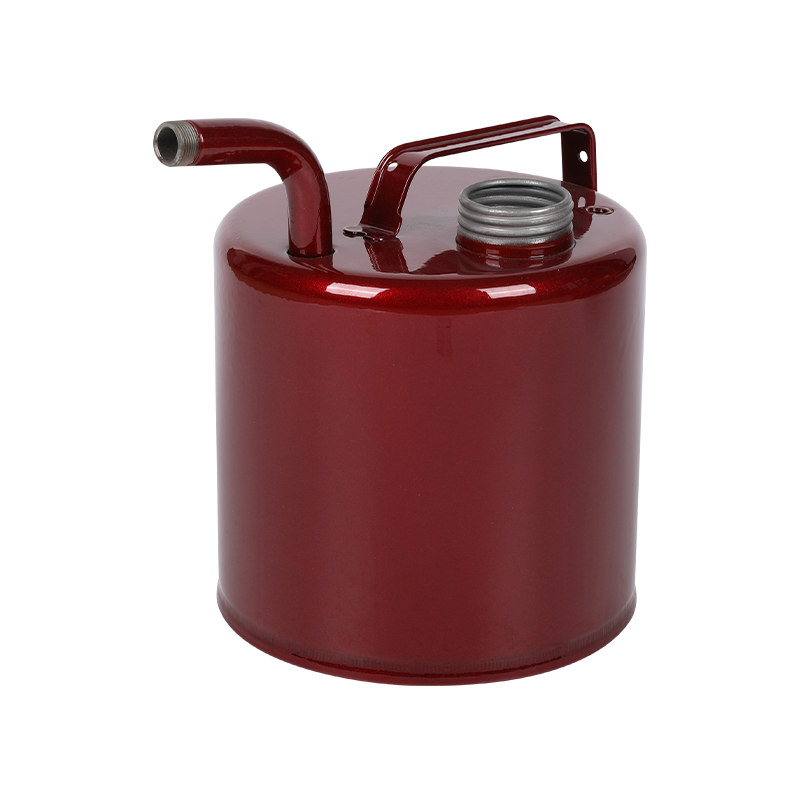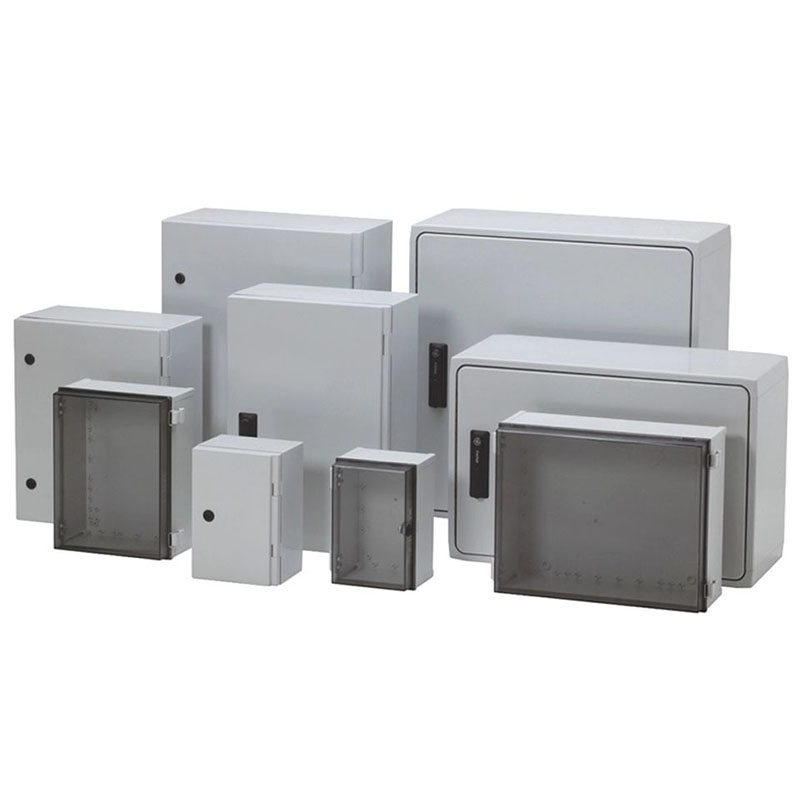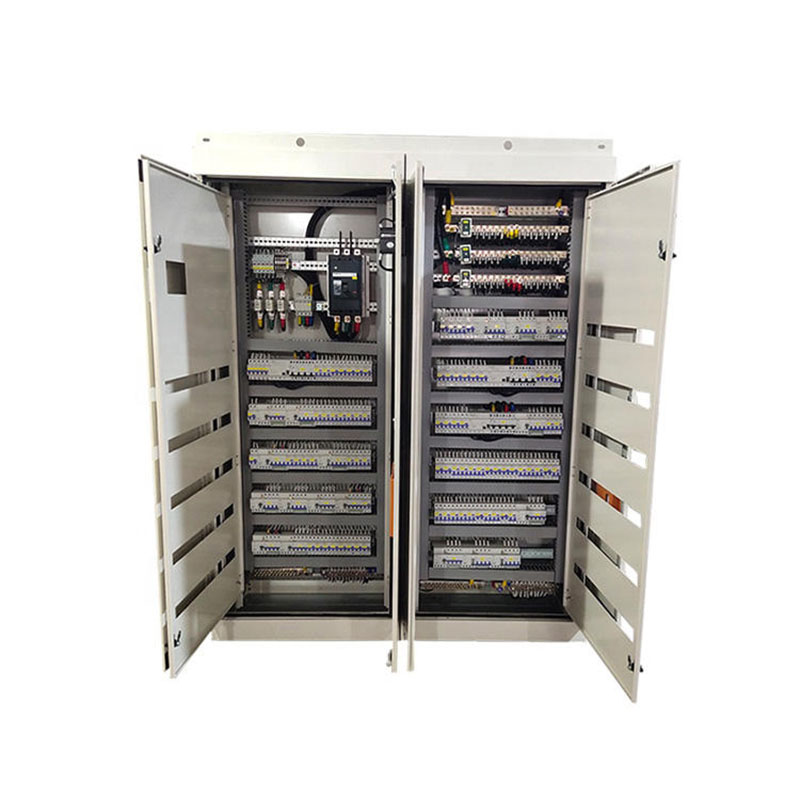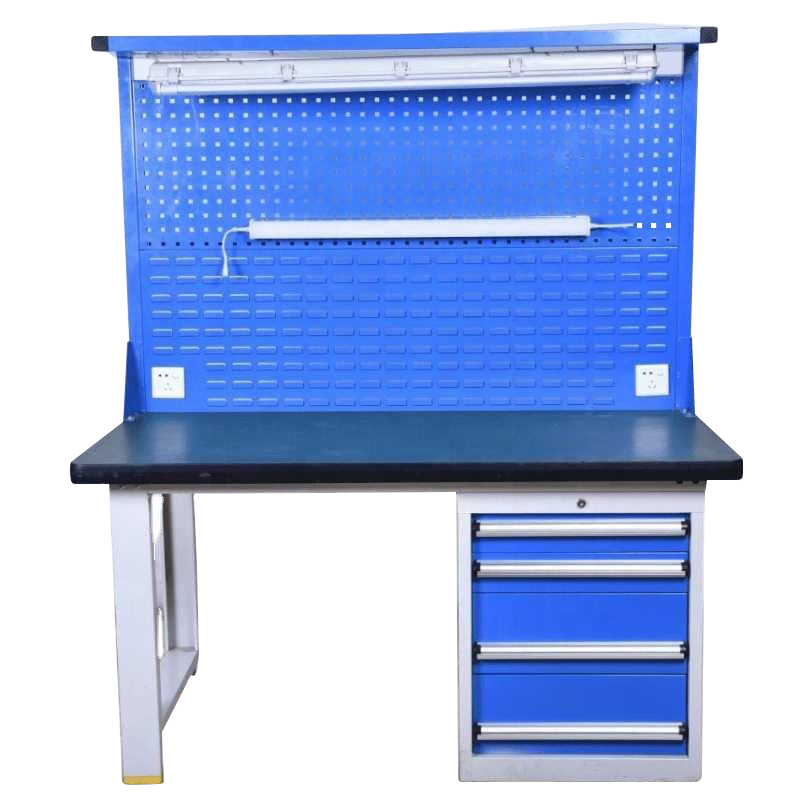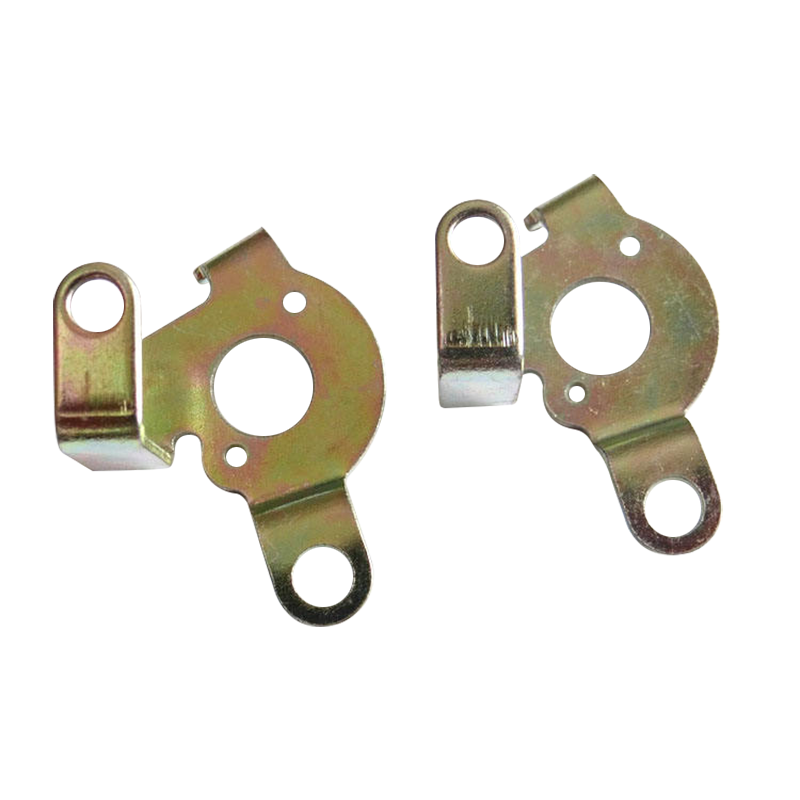In the ever-evolving realm of electronics, where microseconds and micromillimeters can define performance, safeguarding delicate circuitry is not optional—it’s imperative. The metal stamping shielding case cover emerges as a silent sentinel in this high-stakes arena, marrying structural finesse with uncompromising defense.
Crafted through a meticulous stamping process, these shielding covers are engineered to exacting standards. Unlike generic enclosures, metal stamped cases are tailored for precision-fit integration, ensuring minimal signal interference and maximum electromagnetic compatibility (EMC). Whether deployed in consumer electronics, automotive control units, or aerospace instrumentation, these enclosures serve as the invisible armor—lightweight, resilient, and remarkably effective.
At the core of their performance lies the stamping process. Utilizing high-tonnage presses and fine-tuned dies, manufacturers shape high-conductivity metals—typically stainless steel, copper, or nickel alloys—into complex geometries with acute accuracy. This results in components that not only encase but also conform to the intricacies of the underlying circuit. Each fold, tab, and perforation is intentional, serving to dissipate electromagnetic emissions or provide a secure point of contact for grounding.
What elevates a metal stamping shielding case cover beyond mere protection is its dual-functionality. It shields sensitive components from external electromagnetic interference (EMI) while simultaneously containing emissions from the device itself. This two-way shield ensures compliance with global EMC standards and maintains signal integrity—crucial in high-frequency applications such as 5G, radar systems, and advanced computing hardware.

Customization is a cornerstone of their appeal. These covers are not one-size-fits-all. OEMs often require intricate design adaptations—ventilation slots, multi-cavity configurations, selective plating, or laser marking. The versatility of the stamping process accommodates all of it, scaling from prototype to high-volume production without sacrificing tolerances or lead times.
Moreover, their material efficiency and recyclability offer distinct sustainability advantages. Unlike molded plastics or die-cast alternatives, stamped metal enclosures generate minimal waste and are fully reclaimable, aligning with the environmental mandates of modern manufacturing ecosystems.
From a design standpoint, their minimal footprint is another competitive edge. In an age where space optimization is paramount, these shielding covers offer compact protection without the bulk. Seamlessly integrated into PCBs or housings, they preserve the elegance of the product while silently safeguarding its functionality.
The metal stamping shielding case cover is not a passive component—it’s a strategic safeguard engineered with purpose. Its ability to combine structural integrity, electromagnetic shielding, and adaptable form factor makes it indispensable in today’s high-performance electronics. As innovation accelerates and devices become increasingly compact and powerful, the role of precise, reliable shielding only grows more critical. In this context, the metal stamped cover isn’t just a case—it’s the case for excellence.

 English
English русский
русский Deutsche
Deutsche
